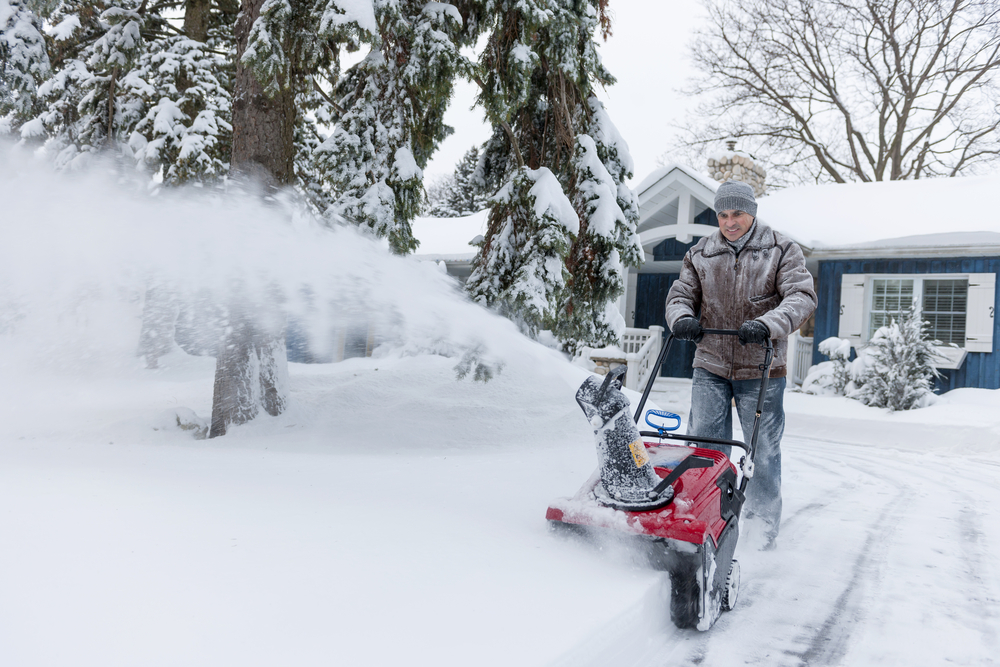The weather has seen dramatic changes in recent years, hitting us with hurricanes, wildfires, severe drought and polar vortices. The ripple effect is felt throughout industries. O ne such industry is insurance, facing more risks than ever before, such as booming costs of payouts for climate-driven catastrophes and carbon related risks from underwriting and investment activities.
ne such industry is insurance, facing more risks than ever before, such as booming costs of payouts for climate-driven catastrophes and carbon related risks from underwriting and investment activities.
A study conducted by Aon Benfield shows that 2017 was the costliest year on record for weather related damages—total economic losses reached $344 billion globally and insured losses $132 billion, which is three times the 2000-2016 average. The year 2018 registered economic losses of $225 billion, of which only $90 billion are covered by insurance.
The new year is barely beginning, and the weather is again surprising—a polar vortex has slammed the Midwest with arctic blasts, pushing temperatures to 45 degrees Fahrenheit below zero in some states. The phenomenon is a whirling mass of cold air that usually stays at the poles, yet sometimes it breaks apart and sends masses of Arctic air into the U.S.
Strong west-to-eat winds usually circulate around it encircling the pole. Known as polar night jet, these winds form the boundary between very cold arctic air wrapped up in the polar vortex and warmer further south over mid-latitudes.
The term has been around since the 1850s but remained unpopular as only during this decade it became so weak that it migrated over the North American and Eurasian continents, triggering some of the coldest winter weather in recent history. The current polar vortex split into three pieces in late December because of a sudden stratospheric warming—one chunk went to Siberia, another to Scandinavia and the third piece is the one affecting the Midwest.
These temperatures left serious marks on properties across the region. Busted pipes, cracked windows, damage from fallen branches, roof collapse and ice damming are some of the results of the extreme cold, ice and snow. The good news is that most winter related damages that affected these properties are covered by insurance.
Homeowner’s insurance
This policy covers most damages resulted from winter events, with the observation that there are no signs of “obvious neglect”. Yet, burst frozen pipes, even though common during the cold winter months, could pose some issues: the insurer might cover only the damage, not the replacement of the pipe. In addition, you might have to present proof that you took steps to prevent those freezing pipes.
Renter’s insurance
This policy watches over three areas: liability (if someone slips and falls on your property), its contents and the inside of the property. Any structural damage is covered by your landlord’s insurance.
You need to take a few steps if your property is damaged during the polar vortex: Take photos of the damage and start a claims process as soon as possible—call your insurer or fill one online or by mobile app; Do whatever you can to prevent further damage, but don’t start any work until the damage has been inspected by someone from your insurance company.
Stay warm, everyone!
